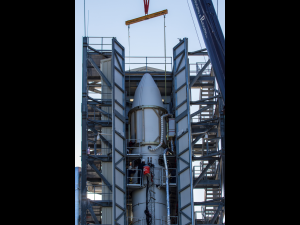I came across this exhibit review in a section of the New York Times that had been abandoned in the local coffee shop last week. Cristina de Middel, freelance photographer and photojournalist, has imagined a project—created a world, really—out of the traces left by Zambia’s space program. Initiated by Edward Makuka Nkoloso in 1964, the program foundered and failed in a matter of months. The Internet is a good source for mockery of Nkoloso’s ambitions (see this “forgotten space program” video, for instance), but de Middel appears to be doing something else. I can see the potential for laughter in some of her photographs, but she also manages to capture some of the intellectual brutality of the post-colonial experience. Who has the right to aspire to a new nation? To mobility? To colonize space?
Maybe we can laugh at Zambia’s misguided efforts in training astronauts, perhaps we can shake our heads over Nkoloso’s antics, but we’d only be making fun of ourselves. The instrument panel in the above photograph doesn’t look much different from those used to support the Apollo mission. The United States sent humans to the Moon with memos typed on manual typewriters and spacecraft operated with yes-no toggle switches. I mean, you can fly a Space Shuttle with a 386 microprocessor. Starting a space program with whatever resources are available…I don’t see the problem.
I don’t know what de Middel’s intent was, and I’m sure she was headed somewhere else creatively, but she’s left the viewer an opening to critique the hoarding of space exploration by a few privileged nations, always at the expense of others.
I’d like to link directly to de Middels’ ‘The Afronauts’ portfolio, but the design of her website makes that impossible. I’ll give these directions: after you arrive on her home page, click on the PROJECTS link at the bottom of the page. Currently, THE AFRONAUTS is at the top of the projects list.




